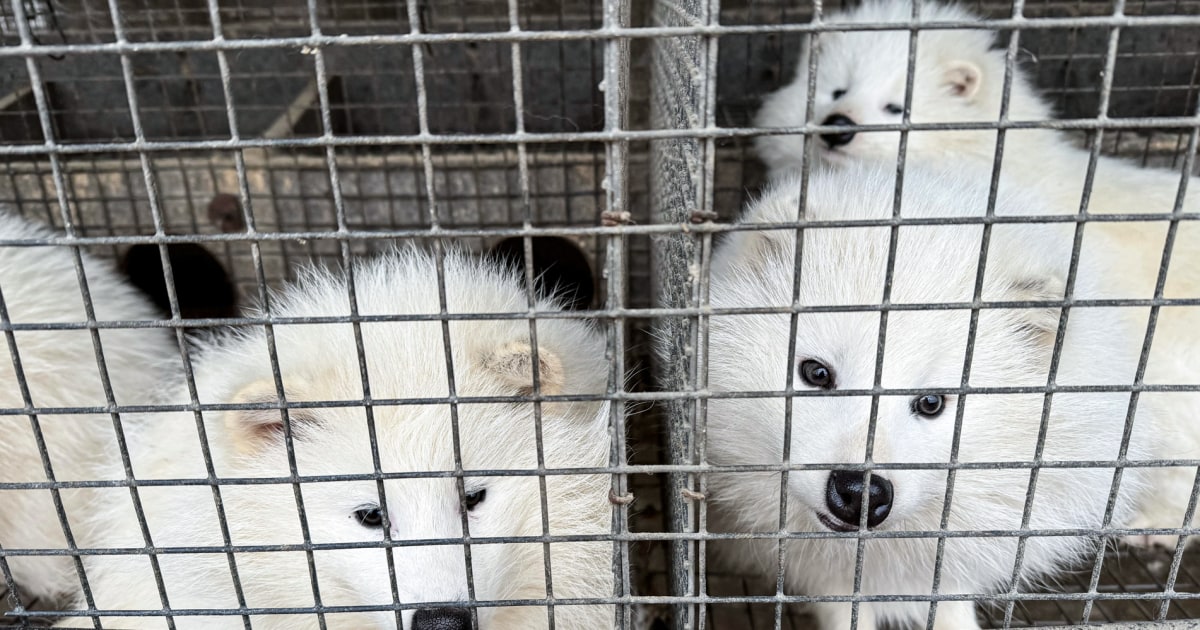The Indian coronavirus mutation B.1.617 is rampant.
After cases in India, the variant was also detected in Germany.
What danger does it pose?
New Dehli / Munich - The coronavirus mutant B.1.617 dominates the infection process in India.
The virus variant has been detected in many other countries, including Germany.
Is there cause for concern, such as the British mutation B.1.117?
In October India reported the occurrence of the genome B.1.617 to the sequential database Globas Initiative for Sharing All Influenza Data (Gisaid).
At the end of March 2021, the Indian Ministry of Health pointed out the variant.
According to the latest information, the virus mutant accounts for a large part of the immensely high new corona infections in India.
Coronavirus: Double Mutation from India - One is similar to the British variant
The Indian corona mutation is known as the so-called “double variant” because it has two special mutations in the so-called spike protein: E484Q and L452R.
These abbreviations indicate the exact position of the respective genetic change in the virus genome.
Mutation E484Q: This is similar to the mutation E484K, which was also found in the British, Brazilian and South African mutants.
Experts refer to this as so-called "escape mutation".
This means that it helps the virus escape the human body's immune system.
Furthermore, it is suspected of reducing the protection provided by the antibodies that a person has built up after a corona disease or vaccination.
That's what evolution virologist Stephen Goldstein from the University of Utah said.
Mutation L452R: According to a California study, this mutation is an "efficient disseminator" for the virus.
Indian corona mutation B.1.617: How dangerous is the virus variant?
The mutant B.1.617 was initially classified as "of interest" by the World Health Organization.
Unlike the British, South African or Brazilian variants, B.1.617 is initially not considered to be "worrying".
The Robert Koch Institute also counts the mutation among the so-called "Variants of Interest" (VOI).
In addition, the RKI wrote in a report dated April 21: "There are also indications that these mutations increase the transferability of the variant, for example by strengthening the binding to the target cell receptor ACE-2." Virologist Christian Drosten said in the
NDR podcast
: "It is likely that this is also a mutant with a slight immune cape."
Whether the two corona mutations actually make the Indian variant more dangerous has not initially been conclusively clarified.
Scientists are waiting for more meaningful data to better assess the danger posed by the Indian variant.
Corona mutant: do vaccines work against the Indian variant?
Furthermore, there is initially no answer to the question of the effectiveness of the vaccines from Biontech / Pfizer, Moderna, Astrazeneca and Co.
According to the Indian expert Mishra, the vaccines are being tested in this regard.
(mbr)
List of rubric lists: © IMAGO / Christian Ohde




